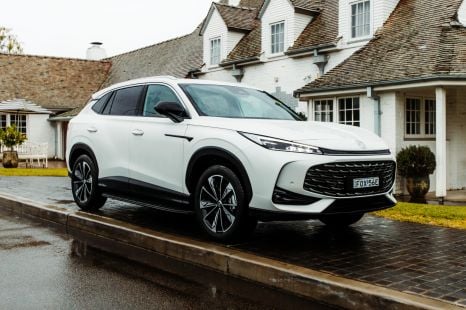

James Wong
3 Days Ago
Mini has started to lay out its future product plans, and has offered a first look at its next-generation 3-Door Hatch.

Contributor
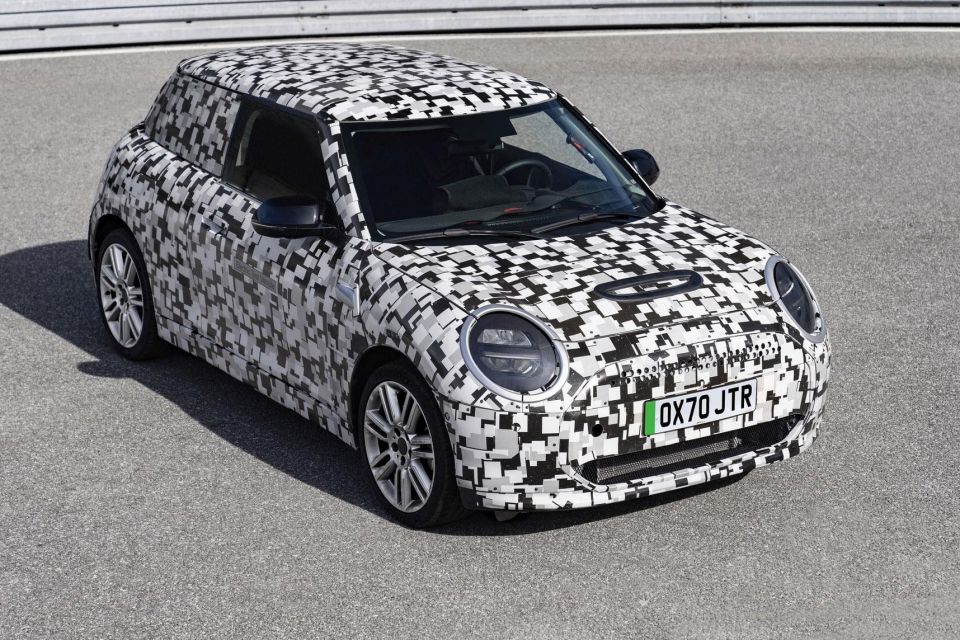

Contributor
Mini will take its first steps toward a new, electric-dominated range in 2023.
The brand has laid out more of its model plans, and has detailed where it will build cars. Rather than making everything in Oxford, Mini has confirmed it will manufacture electric cars in China as part of its joint venture with Great Wall Motors.
It has also confirmed the next-generation Countryman will be made in Leipzig, Germany alongside the BMW X1.
Based on the latest information from Mini, its next-generation model rollout will include the following cars:
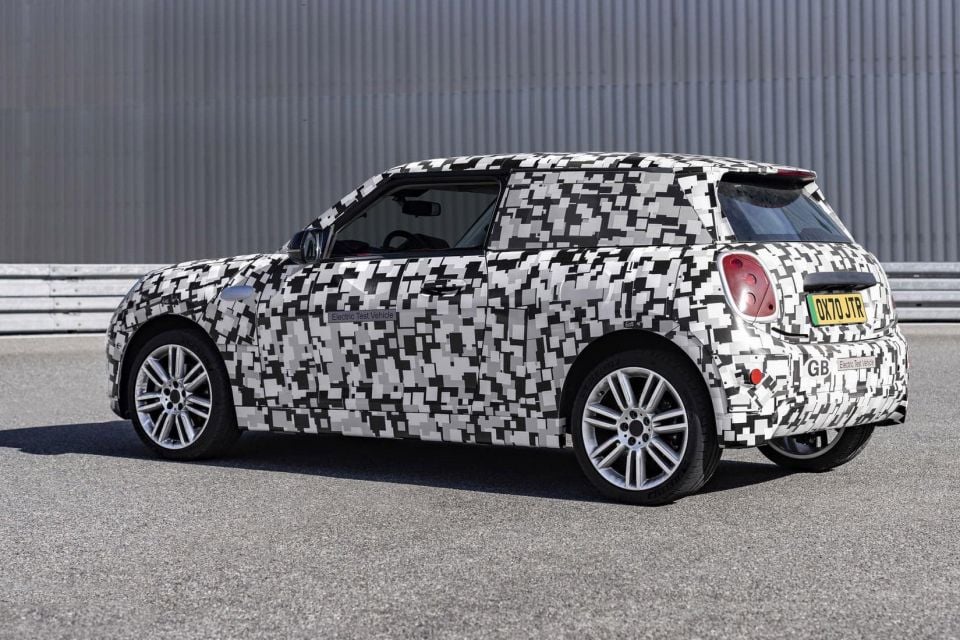
The next Mini hatch, the core model for the brand and the most recognisable shape in the range, will be offered with a choice of petrol or pure-electric power when it launches.
It’s not clear whether both cars will be built on the same platform. It’s likely the petrol-powered car will be built on the BMW FAAR platform, a development of the UKL platform used under the current range.
These official BMW images reveal the electric Mini Hatch will have tiny overhangs and a more steeply-raked windscreen than the current car.
Mini won’t be electric-only come 2023, nor will all its new cars be offered only with battery power. However, at least two ground-up electric cars are in the works.
The brand has committed to offering its core models (think 3-Door Hatch and Countryman SUV) with a choice of electric and internal-combustion drivetrains.
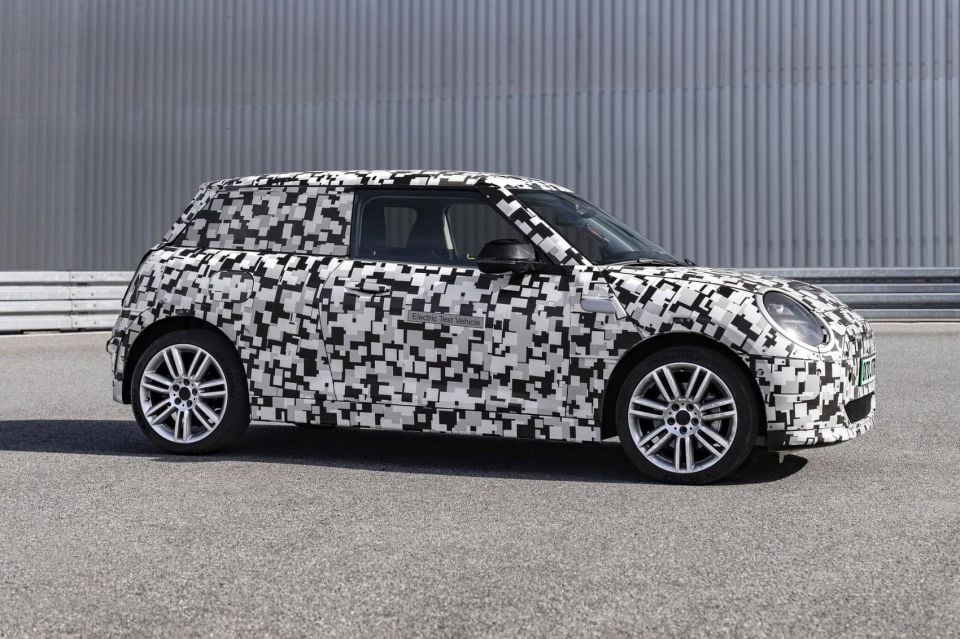
The next-generation 3-Door Hatch is expected to shrink compared to the current car, with a new Peugeot 2008 and Renault Captur-sized SUV model in the works to sit above it.
Mini is expected to make the new Countryman bigger, bringing it into line with the BMW X1 and Audi Q3.
It will launch in 2023, and will be built in Leipzig, Germany alongside the BMW X1 with which it shares a platform.
The last new Mini model with an internal-combustion engine will be released in 2025, and Mini says 50 per cent of its sales will be pure-electric by 2027.
Come 2030, every single Mini will be electric. That includes the performance-oriented John Cooper Works brand, which will live on with electric power.
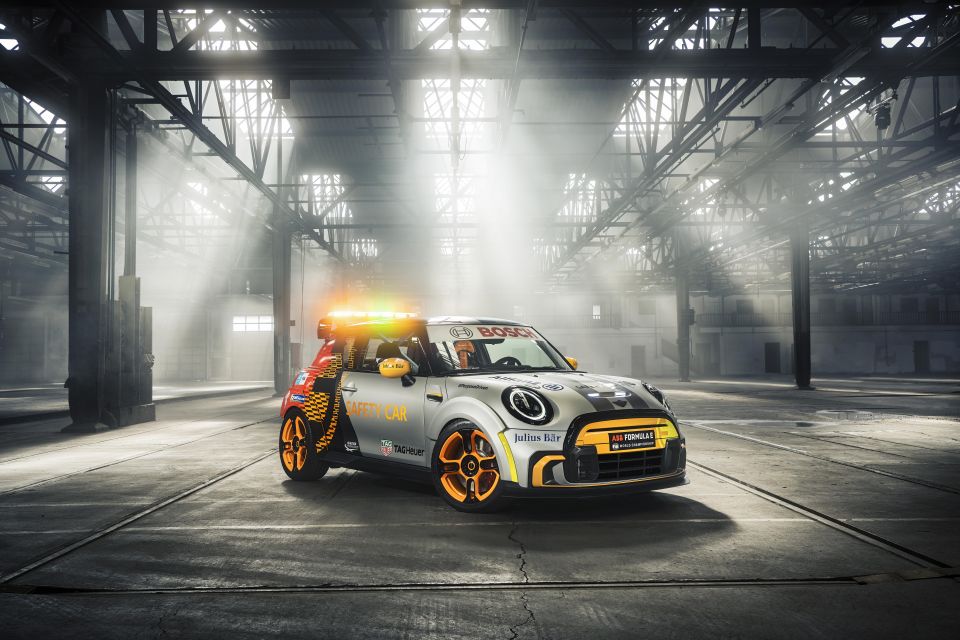
“With the Mini Electric, we’ve shown how well brand-typical driving enjoyment and electric mobility can be combined,” Bernd Körber, head of the Mini brand, has previously said.
“Now it’s time to translate the passion for performance of the John Cooper Works brand to electro mobility. That’s why we’re working to develop concepts for electric John Cooper Works models.”
What will power the electric JCW isn’t clear. The Mini Electric packs the 135kW/270Nm motor from the BMW i3 on its front axle, and has a claimed 7.3-second sprint time to 100km/h.
Although that’s not slow, it’s not up to scratch when you consider the current Mini JCW has 170kW of power and 320Nm of torque from its four-cylinder engine, and hits 100km/h in 6.1 seconds.
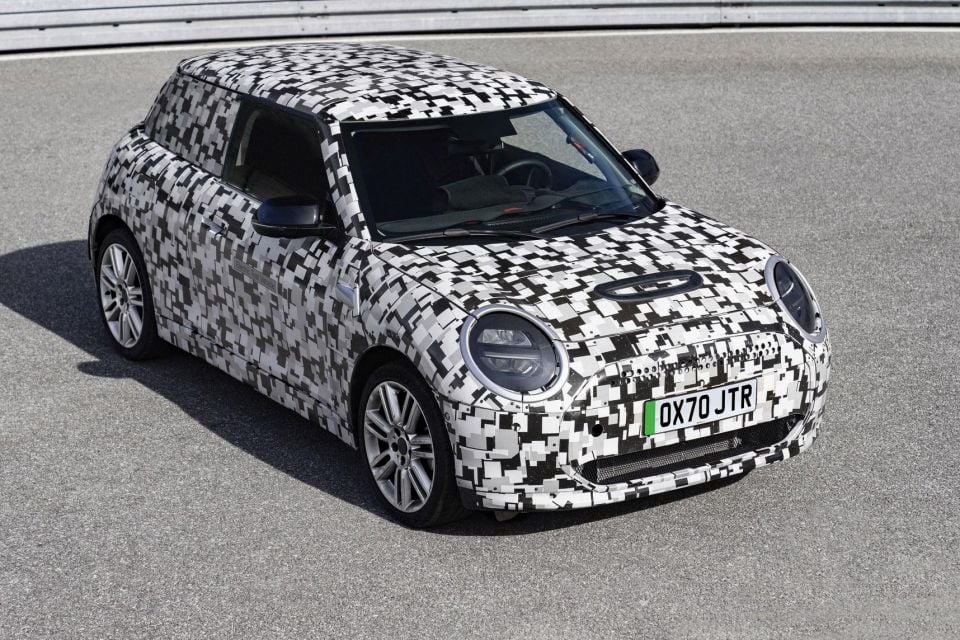
The limited-edition JCW GP ups those outputs to 225kW and 450Nm.
BMW does have some suitable electric motors in its stable. The rear-mounted motor in the upcomingiX3 SUV makes 210kW and 400Nm, and is good for a 6.8-second run to 100km/h.
That sprint time would be stronger in a smaller, lighter Mini, potentially packing a smaller battery pack than the 80kWh unit in the mid-sized iX3 SUV.
MORE: Everything Mini Hatch MORE: Everything Mini Countryman
Take advantage of Australia's BIGGEST new car website to find a great deal on a Mini.
Scott Collie is an automotive journalist based in Melbourne, Australia. Scott studied journalism at RMIT University and, after a lifelong obsession with everything automotive, started covering the car industry shortly afterwards. He has a passion for travel, and is an avid Melbourne Demons supporter.


James Wong
3 Days Ago
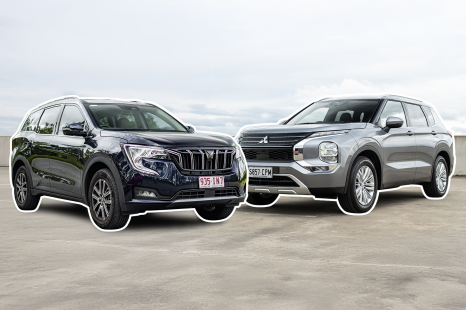

Andrew Maclean
3 Days Ago


Max Davies
2 Days Ago
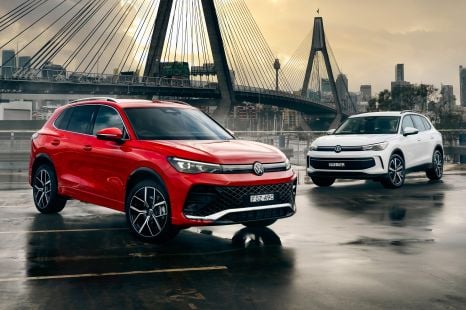

Max Davies
2 Days Ago


Josh Nevett
2 Days Ago
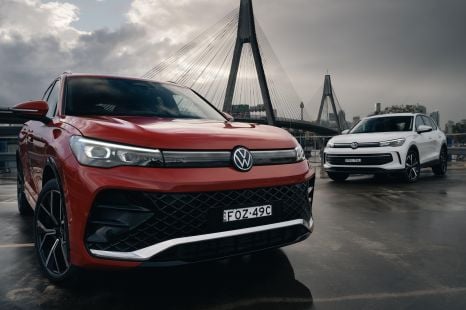

Max Davies
1 Day Ago